Best Solar Inverter Recommendations In Pakistan
 Mar 12,2025
Mar 12,2025

 XINDUN
XINDUN
Pakistan, located in the northwest of the South Asian subcontinent, has abundant sunlight resources. However, for a long time, energy problems have been like a haze, shrouding the country. Tight power supply and frequent power outages not only disrupt the daily rhythm of people, but also bring many obstacles to the normal operation of industry and commerce. In order to break through this dilemma, the Pakistan government actively plans and vigorously promotes the development of solar power. More and more people are also seeking solar power systems, hoping to reduce dependence on traditional power grids and achieve independent power supply. Against this background, in 2024, solar inverters ushered in explosive growth in the Pakistan market. In the first half of the year alone, China's total exports of inverters to Pakistan reached 1.714 billion yuan, and the export volume in August soared to 326 million yuan, a year-on-year increase of an astonishing 429.04%. So how to choose Pakistan's solar inverter? What is Pakistan's solar market like? Below, Xindun and everyone will have a deep understanding of the development status of solar power in Pakistan, and recommend several high quality solar inverters to Pakistan users.

I.Pakistan's power structure
Pakistan's total power in 2023 is about 137 billion kWh. Pakistan's power structure is mainly thermal power, accounting for 52% (mainly relying on oil, natural gas and coal). Hydropower accounts for 26%, of which the Karot Hydropower Station (China-Pakistan Economic Corridor Project) will generate 3.162 billion kWh of electricity in 2023. Nuclear power accounts for 17%, mainly relying on projects such as the Karachi Nuclear Power Station built with Chinese assistance. Renewable energy such as wind power and solar power account for 3% and 1% respectively. Although the installed capacity is low, there is still great potential for the development of new energy, especially solar and wind power. The Pakistan government has introduced relevant policies to increase the share of renewable energy in the national power grid. In recent years, Pakistan's import demand for solar products has surged, and Chinese companies' exports to Pakistan have increased significantly.
II.How is the electricity price in Pakistan?
In 2024, Pakistan's electricity prices were adjusted several times, causing local users to spend more than 455 billion rupees on electricity bills. Among them, the highest increase in electricity prices in March 2024 was 7.06 rupees per unit. In 2024, the average monthly electricity bill for Pakistani households rose from US$100 a year ago to US$350. In July 2024, the average electricity price of Pakistan's 10 power distribution companies has increased to 35.50 rupees/kWh (about 0.9223 RMB).
According to the Business Recorder on November 20, 2024, according to Pakistan's national electricity fee quarterly adjustment mechanism, Pakistan's electricity tariff will rise again in the 2024-25 fiscal year, and it is expected that an additional 8.72 billion rupees will be charged to electricity consumers. After the price increase plan is approved, the electricity fee per kilowatt-hour will increase by 1.74 rupees.
The soaring electricity prices have increased the economic pressure on the Pakistan people. In order to save electricity bills, Pakistan have begun to install solar power systems. Pakistan users can save electricity costs for life and reduce the economic burden by installing a solar power system once.
III.Is Pakistan's electricity supply stable?
With the advancement of projects such as the China Pakistan Economic Corridor, Pakistan's installed power capacity has increased significantly, and the power supply has improved, but the power supply is still unstable.
As a country with a large population and sustained economic growth, Pakistan is located in the tropics and subtropics. The summer temperature is high, and the use of electrical equipment such as air conditioners is large. The demand for electricity continues to increase, while the growth of power supply is relatively slow. The shortage of supply leads to rising electricity prices. Especially during peak hours of electricity consumption, power outages often occur, which brings troubles to residents' lives and corporate production.
Pakistan's power is mainly thermal power, and it is highly dependent on fossil fuels such as oil and natural gas. The prices of these fuels in the international market continue to rise, accounting for 60%-70% of the total cost of power, which greatly increases the cost of power, thereby driving up residential electricity prices.
Pakistan's power infrastructure is relatively weak, and the grid coverage is insufficient, especially in rural and remote areas. This makes the power supply in these areas more unstable, and power outages often occur. Due to the aging of the power grid, outdated equipment, and limited technical level, this also leads to large losses in the process of power transmission and distribution, further exacerbating the tight power supply situation.
IV. What is the prospect of solar power in Pakistan?
Pakistan's solar market has a very good prospect. Pakistan is now the sixth largest solar market in the world. Due to the decline in the cost of solar modules and the soaring electricity prices, Pakistan has been driven to adopt renewable energy, and solar power is leading the trend.
Pakistan has a population of over 240 million and its economy is constantly developing. Population growth and economic development have led to a continuous increase in electricity demand. Traditional energy generation is difficult to meet demand. As a renewable energy source, solar has high development and utilization value, which promotes the development of the solar market.
The lighting conditions are extremely favorable. The average annual sunshine time in most parts of Pakistan can reach 2500-3200 hours. The average annual solar radiation in Balochistan and Sindh in the south and southwest reaches 5-7kWh/m², which can provide sufficient energy for solar power systems. Pakistan has a large amount of desert and semi-desert land, which is suitable for the construction of large-scale solar power stations, and the roofs of buildings can also provide installation space for solar systems.
Pakistan has long faced power shortages, unstable power supply from the power grid, and frequent power outages, especially during peak power consumption and in remote areas. And electricity prices continue to rise sharply. From 2021 to 2024, electricity prices rose by 155%. In 2024, the average monthly household electricity bill reached US$350. The high electricity bill prompted a large number of users to choose to install solar power systems to reduce electricity costs and reduce dependence on the power grid.
Solar installed capacity is growing rapidly. By the end of 2024, Pakistan's cumulative solar installed capacity has exceeded 4.5GW, nearly three times that of 2020. Distributed solar power systems account for more than 70%. In 2030, solar installed capacity will reach 12.8GW and in 2047, it will reach 26.9GW.
Pakistan has introduced fiscal and tax incentive policies such as zero tariffs on solar module imports, green low-interest loans (interest rate 6%), and net metering policies, which have reduced the import costs of related solar products including solar inverters, improved market competitiveness, and attracted more companies to enter the Pakistan market.
The Pakistan government has set a goal of 30% of renewable energy by 2030, providing policy guidance for the development of solar power systems. Sindh Province plans to promote 200,000 solar home systems for low-income households, providing a high subsidy of 80%. Balochistan Province plans to help agricultural water wells switch from fossil fuel-driven to solar power, thereby reducing fuel costs and improving energy efficiency. Punjab Province has also introduced a policy of free supply of solar components for citizens with electricity consumption of no more than 200 units, while citizens with electricity consumption of more than 200 but not more than 500 units will have to pay 10% of the cost, and the remaining 90% of the cost will be borne by the government. Under this policy, the electricity cost burden of low-income households will be reduced by about 40%. These policies are conducive to the popularization of solar power systems in Pakistan.
As Pakistan's demand for renewable energy increases, China's inverter exports have also increased, showing a strong growth trend, and Pakistan's solar inverter market has broad prospects. According to relevant export volume data. From January to April 2024, China exported 779 million yuan worth of inverters to Pakistan, a year on year increase of 170%. From January to October 2024, China's inverter exports to Pakistan reached 2.695 billion yuan, a year on year increase of 264%. From a monthly perspective, the peak was reached in June, with a monthly export value of 460 million yuan, a year on year increase of 509%. In August, China's inverter exports to Pakistan reached 326 million yuan, a year on year surge of 429.04%. In December, China's inverter exports to Pakistan were 140 million yuan, a year on year increase of 95% and a month on month increase of 35%.
V.Which type of solar inverter is suitable for Pakistan?
Due to the soaring electricity prices in Pakistan, the cost reduction of solar modules and government subsidies, residents in many cities in Pakistan prefer to use solar systems to generate electricity to save electricity bills. The solar power system is composed of core equipment such as solar panels, solar inverters, solar controllers, and batteries. Among them, the solar inverter, as one of the core equipment in the system, is an electric energy conversion device. Its main function is to convert the direct current (DC) generated by solar panels and the direct current (DC) in the battery into alternating current (AC) for daily use. The type and function of the solar inverter have a vital impact on the performance of the solar system and the power demand in different scenarios. Solar inverters can be divided into three types according to the use of the scene: off grid inverters, on grid inverters, and hybrid inverters. So which type of solar inverter is suitable for Pakistan?
Off grid solar inverters
Off grid solar inverters have irreplaceable advantages in remote areas and special places in Pakistan. In villages in mountainous and desert areas, where the power grid is not covered, off-grid solar power systems have become an important way for them to obtain stable electricity. Its working principle is to directly convert the direct current(DC) generated by solar panels into alternating current(AC) for load use, and store the excess power in energy storage batteries. Let Pakistan residents get rid of the troubles of power outages and power restrictions, and ensure the stability and autonomy of electricity use. Although off-grid solar inverters need to be equipped with energy storage batteries and require a certain cost investment, under the soaring electricity bills in Pakistan, compared with the high monthly electricity bills, the overall cost of the off-grid system is still worthwhile. The off-grid solar power system generates electricity and stores energy during the day, and can meet the household electricity needs at night or on cloudy days, allowing Pakistan users to enjoy a stable power supply at any time.
On grid solar inverters
On grid solar inverters are more suitable for areas in Pakistan where the power grid has good coverage and the power supply is relatively stable, but these areas often have high electricity costs, or users hope to reduce electricity costs and achieve energy conservation and emission reduction through solar power. Industrial parks and commercial centers around large cities in Pakistan are ideal application scenarios for on grid solar inverters. It converts the direct current(DC) generated by solar panels into alternating current(AC) and directly connects it to the grid. Users can use the electricity generated by their own solar power system, and the excess electricity can be transmitted to the grid to achieve the surplus power access and obtain certain economic benefits. Since there is no need to equip a large number of energy storage batteries, the initial investment cost can be reduced, and the grid can be used as a backup power source to provide power support when solar power is insufficient to ensure the continuity of electricity use. However, on grid solar inverters are highly dependent on the grid. Once the grid fails or the power goes out, the solar power system will not be able to work normally. For the stability of daily electricity use, on grid inverters may not be suitable for some Pakistan users.
The hybrid solar inverter combines the advantages of off grid and on grid inverters and has a wide range of application prospects in Pakistan. It is not only applicable in urban areas, but also in remote rural areas, and it can provide residents with reliable power supply. When the power grid is normal, the hybrid inverter can use the hybrid mode to access the mains as a backup power supply. In the on grid mode, it can directly feed the grid and sell the excess power to the grid to obtain revenue, helping residents increase their income. When the grid fails, it can switch to off grid mode and use energy storage batteries to power the load to ensure that the basic lives of residents are not affected. Users can independently and flexibly control the self use and on grid of solar power according to the electricity price policy and electricity demand, realize energy optimization management, effectively reduce electricity costs, and make solar more efficiently used. Like the on grid inverter, the hybrid inverter can be operated without battery configuration, which is very suitable for current Pakistan users. It can save electricity bills to the greatest extent and make efficient use of solar power. Users can also reconfigure energy storage batteries according to their own usage scenarios and economic conditions.
VI.Hybrid Solar Inverter Recommendation In Pakistan
In Pakistan, solar inverters are not only an emergency backup power source, but also a daily power source. Hybrid solar inverters provide users with a stable power supply, while also reducing electricity bills and supplementing the insufficient supply of the power grid. Xindun Power has a series of hybrid inverters for Pakistan users to choose from. The following products are hybrid solar inverters that Xindun recommends for the Pakistan market.
Xindun HFP On Grid And Off Grid Hybrid Solar Inverter
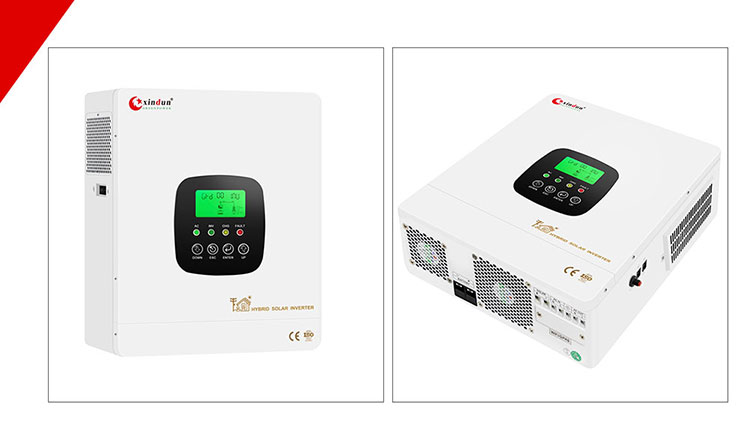
Xindun HFP on-grid and off-grid hybrid solar inverter 1.3KW-12.3KW, DC 12V/24V/48V to AC 220V/230V/240V
Xindun HFP solar inverter is a high-frequency on-grid and off-grid hybrid solar inverter, which can be set to on grid mode, off grid mode, and hybrid mode. The flexible switching of the three modes meets the electricity needs of Pakistan users, supports battery-free operation mode, ultra-wide solar input voltage, mains complement, high frequency pure sine wave output, inverter conversion efficiency up to 94%, adaptable to various types of loads, stable and reliable, built in mppt solar controller, solar and mains can charge the battery, remote APP connection operation control.
Xindun HFP-S Dual Output Hybrid Solar Inverter
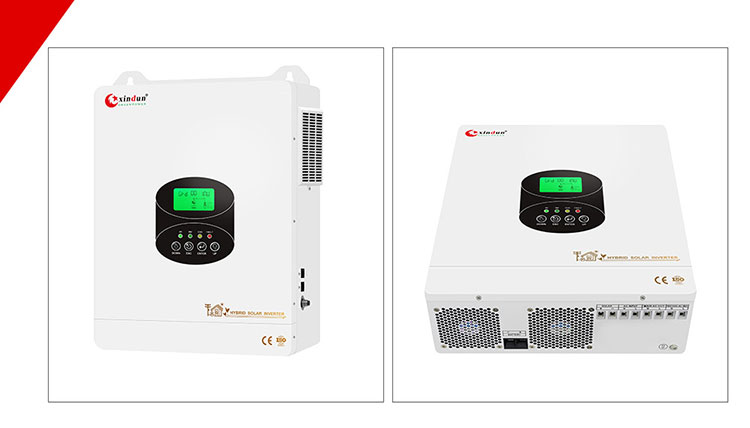
Xindun HFP-S dual output hybrid solar inverter 3.3KW-12.3KW, DC 24V/48V to AC 220V/230V/240V
The Xindun HFP-S dual output hybrid solar inverter not only inherits all the advantages of the Xindun HFP hybrid solar inverter, but also adds the dual output function of two loads. Through dual synchronous output, intelligent power distribution and battery protection mechanism, it realizes efficient energy management, which not only ensures the uninterrupted power supply of key equipment, but also optimizes the battery usage scenario. Dual synchronous AC output, the main and auxiliary voltage, frequency, and phase of the AC output are exactly the same, which can power different devices at the same time and flexibly meet the needs of multiple loads. Users can set the intelligent dual output mode, and both the main and auxiliary can be independently loaded, and balanced intelligent power supply.
Xindun HFP-C Hybrid Solar Inverter
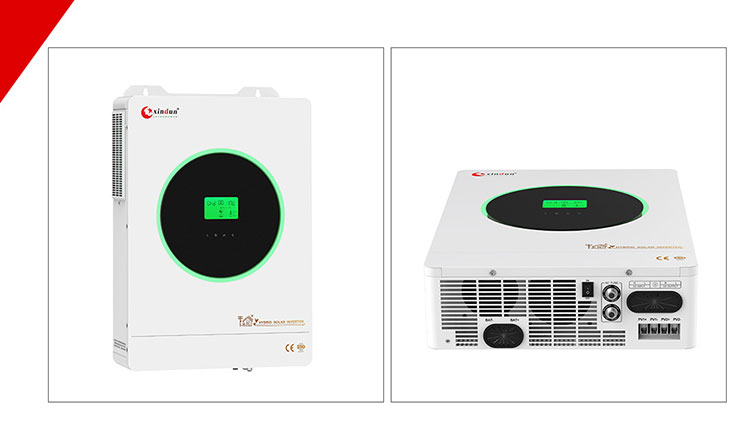
Xindun HFP-C hybrid solar inverter 4.3KW-12.3KW, DC 24V/48V to AC 220V/230V/240V
Xindun HFP-C hybrid solar inverter also inherits the characteristics of Xindun HFP-S dual-output hybrid solar inverter. Xindun HFP-C hybrid solar inverter has been upgraded in appearance, with a simple and elegant appearance. The panel has added an LED intelligent RGB ring light strip, personalized lighting effects, and the RGB ring light strip can be used as an indicator of the working status of the inverter. With just one glance, you can clearly understand the working status of the inverter, the brightness can be adjusted freely, the colors are stylish and dynamic, and the data effects are presented in a variety of ways, realizing "visible energy management".
Xindun HFP-E Hybrid Solar Inverter
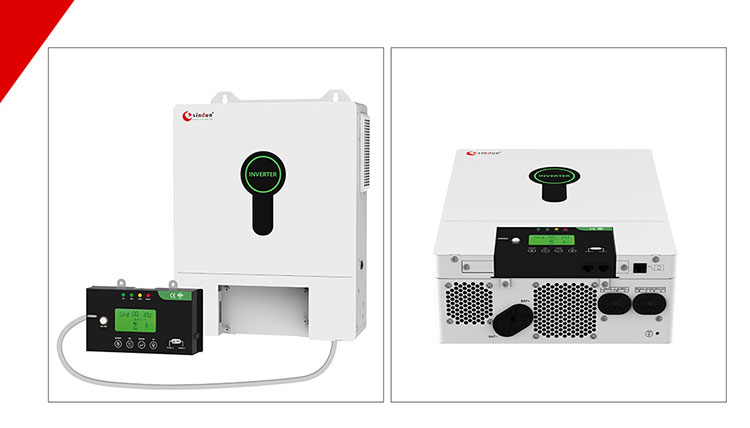
Xindun HFP-E hybrid solar inverter 3.3KW-12.3KW, DC 24V/48V to AC 220V/230V/240V
Xindun HFP-E hybrid solar inverter also inherits the characteristics of Xindun HFP-S dual-output hybrid solar inverter. Xindun HFP-E hybrid solar inverter adds a detachable remote control panel design. Users can easily remove the display panel of the inverter according to actual application needs and install it in a place where users can observe and operate more easily. Whether it is installed near the distribution box, it is convenient to check the power consumption data at any time; or placed in a conspicuous position in the living room, it can be easily achieved, truly keeping the power consumption under control and mastering the home power status in real time.
VII. Hybrid Mode of Xindun HFP Series Hybrid Solar Inverter
There are three modes (mains priority, solar priority, battery priority) in the hybrid mode of Xindun HFP series hybrid solar inverter. The following is a brief introduction to these three modes:
1.Mains priority mode
Scenario 1: There is mains and solar
Mass power supply: The home electricity is entirely dependent on the mains, and the solar is fully used to charge the battery.
If the solar is not enough to charge: the mains will help to make up the charging current.
If the battery is full or there is excess solar energy: the excess electricity is directly used for the load equipment (the mains power is not used at this time).
If the solar is not enough: the mains will automatically make up the gap.
Scenario 2: There is solar, but there is power outage
Solar priority power supply: The home electricity is used first by solar energy, and the rest is charged by the battery.
When solar is not enough: the battery is discharged to make up;
If the battery is also exhausted: the system is shut down, and it will automatically recover after the solar charges the battery to a certain amount of power, or it will be restarted manually.
Scenario 3: There is mains power, but no solar (such as cloudy days)
Mass power supply is normal: the battery is charged at the same time.
During power outage: battery powered; when the battery is exhausted, the system shuts down and waits for the mains to be restored.
2.Solar priority mode
Scenario 1: There is solar and mains
Solar priority: The electricity used at home is all solar, and the excess is used to charge the battery.
If solar is not enough: mains power and solar power are used together (for example, when it is cloudy during the day).
Scenario 2: There is solar, but there is power outage
Solar priority: The electricity used at home is given priority to solar, and the excess is used to charge the battery;
If solar is not enough: the battery is discharged to replenish;
If the battery is exhausted: the inverter will shut down, and it can work again after the solar is charged to a certain amount of power, or it can be restarted manually.
Scenario 3: There is mains, but no solar
The mains is normally supplied: the battery is charged at the same time;
When there is power outage: the battery is supplied, and it shuts down after it is exhausted.
3.Battery priority mode
Scenario 1: Solar and mains
Solar priority: solar is used first for home electricity, and the excess is used to charge the battery;
When solar power is insufficient: the battery is discharged to make up for it, and the solar power and battery are used to power the load together;
When the battery is exhausted to the set value: it automatically switches back to mains supply.
Scenario 2: Solar is available, but there is power outage
Solar priority: solar is used first for home electricity, and the excess is used to charge the battery;
When solar is insufficient: the battery is discharged to make up for it, and the solar and battery are used to power the load together;
If the battery is exhausted: the inverter will shut down, and it can work again after the solar is charged to certain amount of power, or it can be restarted manually.
Scenario 3: Mains is available, but no solar
Battery priority: the home electricity is all dependent on the battery;
When the battery is exhausted: it automatically switches to mains supply and charges the battery;
When the battery is full: it is necessary to manually set the switch back to the battery to power the load.
In the case of high electricity prices and unstable power supply in Pakistan, the solar priority mode option in the hybrid mode of the Xindun HFP series solar inverter is very suitable for the current situation in Pakistan, where electricity costs are high, the mains power is unstable, and there is sufficient sunlight. It can save electricity costs for Pakistan users, give priority to free solar power supply, and significantly reduce the use of mains power. It can flexibly respond to power outages, use solar power and store electricity during the day, and seamlessly switch to battery power supply during power outages.
In the battery priority mode, when dealing with frequent power outages, the battery is used as the main source to reduce dependence on the mains. During peak electricity price periods, the battery is used for power supply, and charging during valley hours saves electricity costs and fills the valley.
The mains priority mode is based on the mains, and the solar charges the battery. The battery is used during power outages. It is suitable for use in some areas of Pakistan when the mains is relatively stable and the electricity cost is relatively not so expensive, and the solar utilization rate is relatively low.
With the above different modes, Pakistan users can switch according to the local real-time electricity price and weather conditions to maximize the use of solar, reduce electricity bills, and ensure the most basic daily life electricity!
Ⅷ.Introduction to the battery-free operation mode of Xindun HFP series hybrid solar inverter
If Pakistan users do not have batteries configured and can save electricity bills to the greatest extent and make efficient use of solar, they can set the battery-free operation mode. Xindun HFP series hybrid solar inverters have battery-free operation modes, of which there are three modes to choose from: on grid mode, hybrid mode, and off grid mode. The three modes determine how solar and mains are used for power supply. Different modes allow users to choose in different scenarios. Below, Xindun will introduce each mode and recommend which mode to operate in combination with the environment of Pakistan users.
1.On grid mode
In the on grid mode of the Xindun HFP series hybrid solar inverter without battery operation, the inverter is powered by solar first, and is supplemented by mains when the power supply is insufficient. The excess power can be sold to the power grid company.
When there is mains: solar gives priority to powering the load, and the insufficient part is automatically switched to mains for supplement. When there is too much solar power, the excess power can be sold to the power grid company.
In the event of power outage: solar is used alone for power supply. If there is insufficient solar on cloudy days or at night, the system will issue an alarm to shut down the output. If solar is restored after a dozen seconds (such as when the clouds pass), the inverter will automatically restart the power supply.
This mode is suitable for users who have stable grid power and do not need backup power at home. This battery-free operation mode can maximize the efficient use of solar and sell excess electricity to the grid company to earn profits.
2.Hybrid mode (recommended)
In the hybrid mode of the Xindun HFP series hybrid inverter without battery operation, the inverter is powered by solar first, and the mains is used to supplement the power supply when the power supply is insufficient, and the excess power is directly discarded.
When there is mains electricity: solar supplies power to the home, and the insufficient part is supplemented by the mains. The excess electricity is neither stored nor sold, but directly discarded.
In power outage: As in the on grid mode, solar energy is used alone for power supply, and the output is turned off when the power is insufficient.
This mode is suitable for scenarios where the mains power is unstable, and users do not need to sell electricity (such as the grid repurchase policy is not cost-effective), and they generate and use it for themselves.
3.Off grid mode
In the off-grid mode of the Xindun HFP series hybrid inverter without battery operation, when the mains is not available (such as power outage), it is completely dependent on solar for power supply.
Whether there is mains or not, it is powered only by solar. On cloudy days or at night, when solar is insufficient, the inverter will be directly powered off, and the system will alarm. If solar is restored after more than ten seconds, the power supply will be automatically restarted.
This mode is used in extreme cases where the power grid is completely unavailable, and the power supply may be unstable on rainy days.
Pakistan users can choose to use these modes of battery-free operation of Xindun HFP series hybrid inverters according to actual conditions. When the mains power is stable, hybrid mode or on grid mode can be selected, solar is used first, and the mains power is used as a backup. When the mains is unavailable, the off-grid mode is selected, which relies entirely on solar.
IX. Xindun HFP Series Hybrid Solar Inverter Installation Case
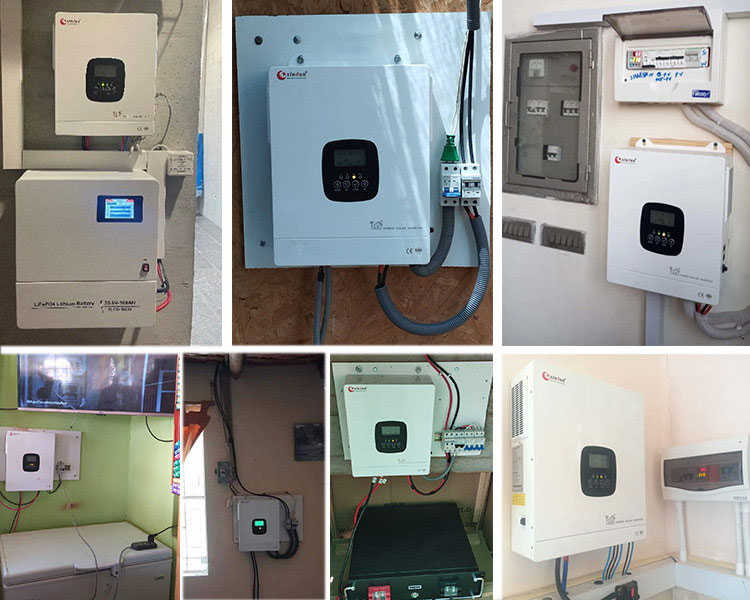
X.Why choose Xindun Power?
Xindun Power was founded in 2006 and is a professional solar power system manufacturer, focusing on the research and development, production and sales of solar inverter products. We have brought together a professional team in technology research and development, production management and quality control, with rich industry experience. The main products sold include solar inverters, solar controllers, solar power systems and related supporting products. Xindun's products have passed the ISO9001 international quality management system certification and obtained CE, IEC, CCC and other professional testing certifications to ensure their excellent quality and performance. Xindun Power's inverter products not only have efficient energy conversion rates and stable power output, but also can meet the diverse power needs of Pakistani users. They are suitable for daily household electricity use, commercial operations, industrial manufacturing and other fields, providing stable and reliable power support.
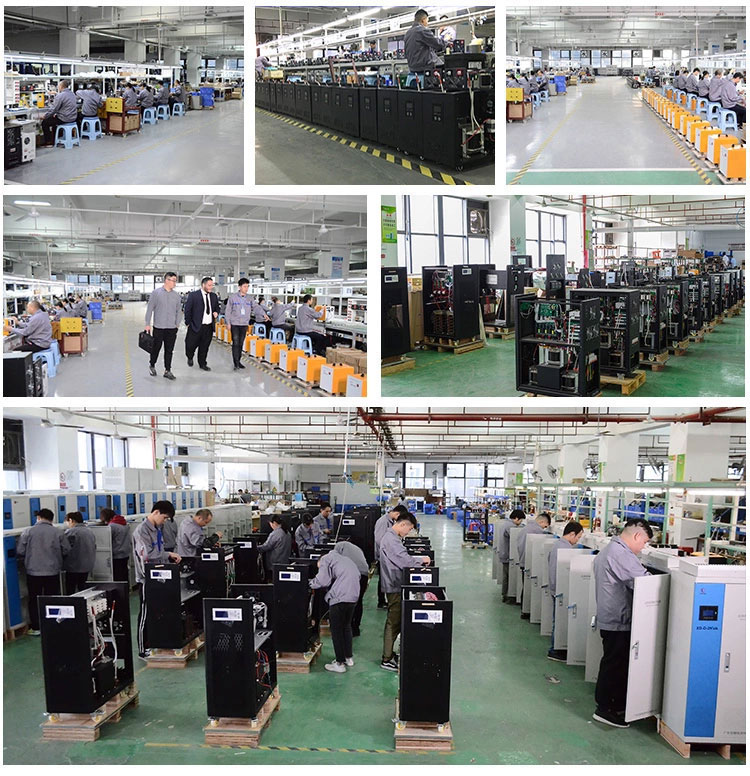
Xindun Power is headquartered in Foshan, Guangdong, China. It has a modern production plant of more than 10,000 square meters and a research and development team composed of dozens of elite engineers. Xindun can not only provide customers with OEM/ODM special customization services, but also provide comprehensive pre-sales services and after-sales guarantee services. Xindun Power's products have been exported to more than 100 countries and regions. In order to better serve the overseas market, Xindun Power has established branches in East Africa, West Africa, South Asia, Southeast Asia and other regions, and has set up marketing centers and warehouses to respond to the needs and feedback of local overseas customers more quickly and accurately. Whether it is product consultation, sales support, or after-sales service, Xindun can provide users in overseas regions with a full range of one stop solutions.
Pakistan's demand for solar power products is currently in a rapid growth stage. As a Chinese solar inverter manufacturer, Xindun Power can provide Pakistan users with a variety of solar products, such as on grid and off grid hybrid solar inverters, low frequency/high frequency inverters, all in one solar generator, and three phase solar inverters, covering solar inverters with different power specifications from 300W to 160KW, as well as MPPT/PWM solar controllers, solar panels, lithium batteries/lead-acid batteries and other solar power system products. Xindun Power's product line covers various application scenarios from home to industrial and commercial use, meeting Pakistan users' procurement needs for different products.
The above is the content about the recommendation of solar inverters in Pakistan, and the features of Xindun HFP series hybrid solar inverters are introduced in detail. We hope this article will be helpful to Pakistan customers in choosing solar inverters. If you want to cooperate with Xindun or purchase Xindun hybrid solar inverters and other products, you can leave your information and needs in the customer service window at the bottom of the website (https://www.xinduninverter.com/), and Xindun will contact you as soon as possible during working hours.

 Solar Inverter
Solar Inverter





 Hybrid Inverter
Hybrid Inverter
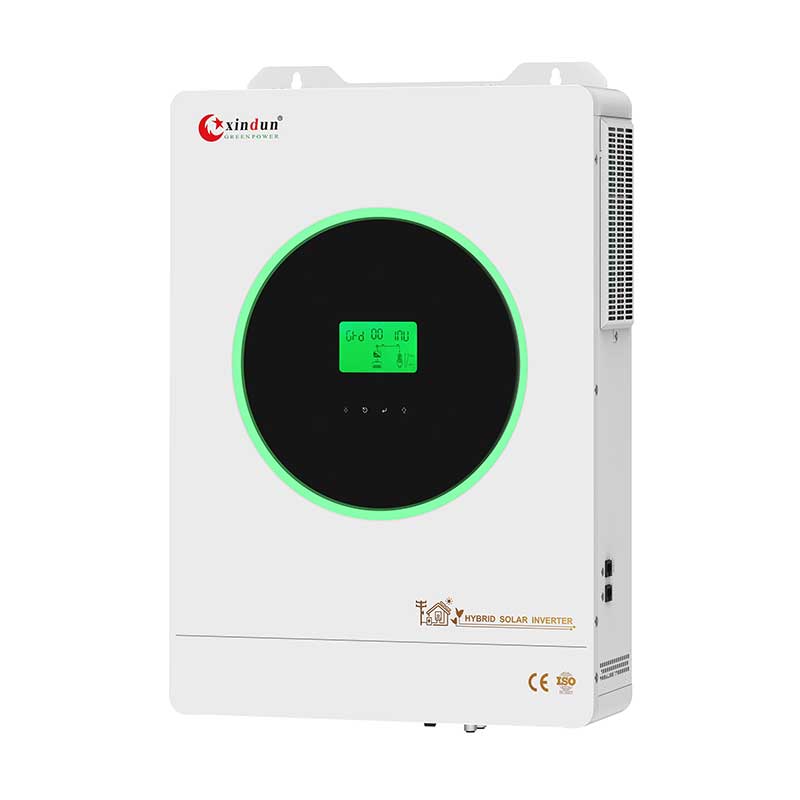
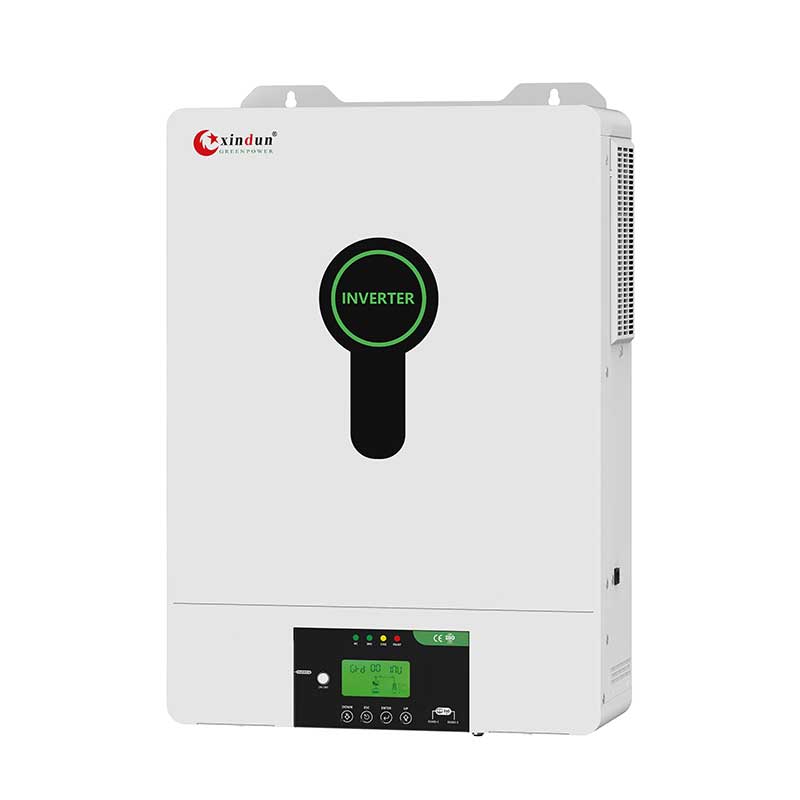


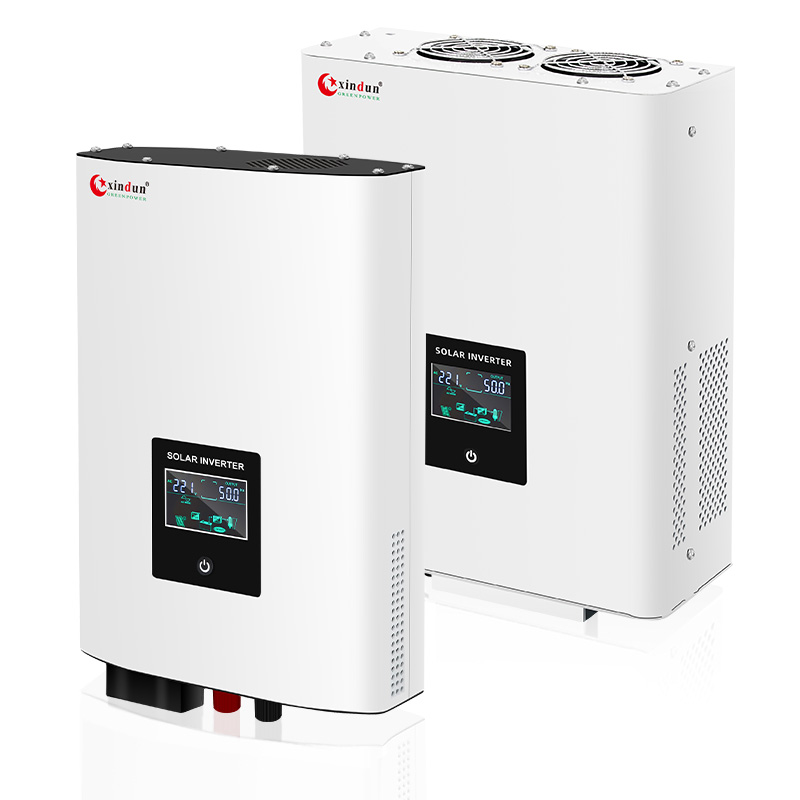
 Power Inverter
Power Inverter
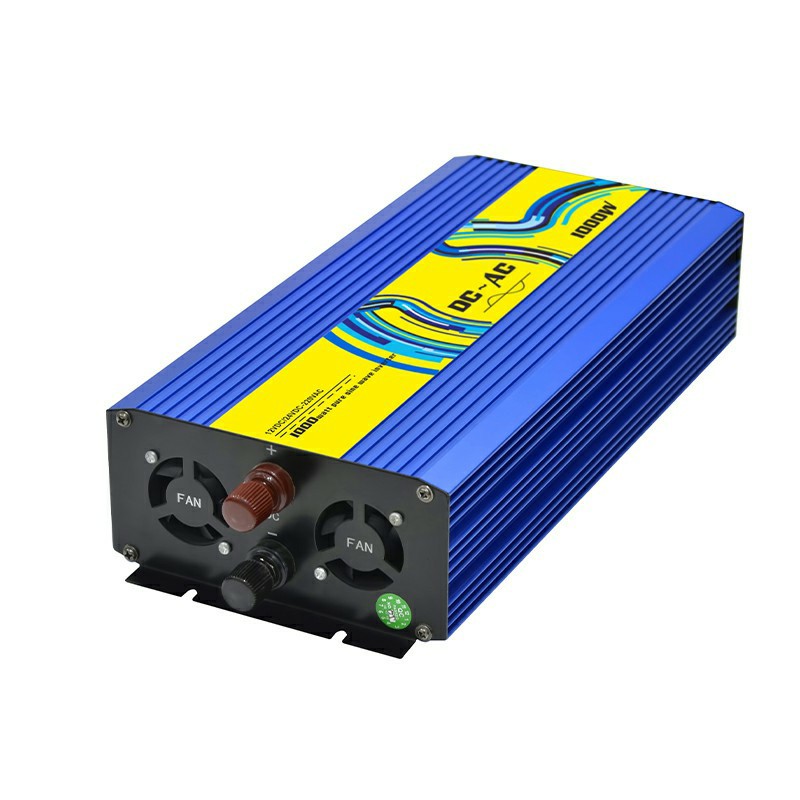


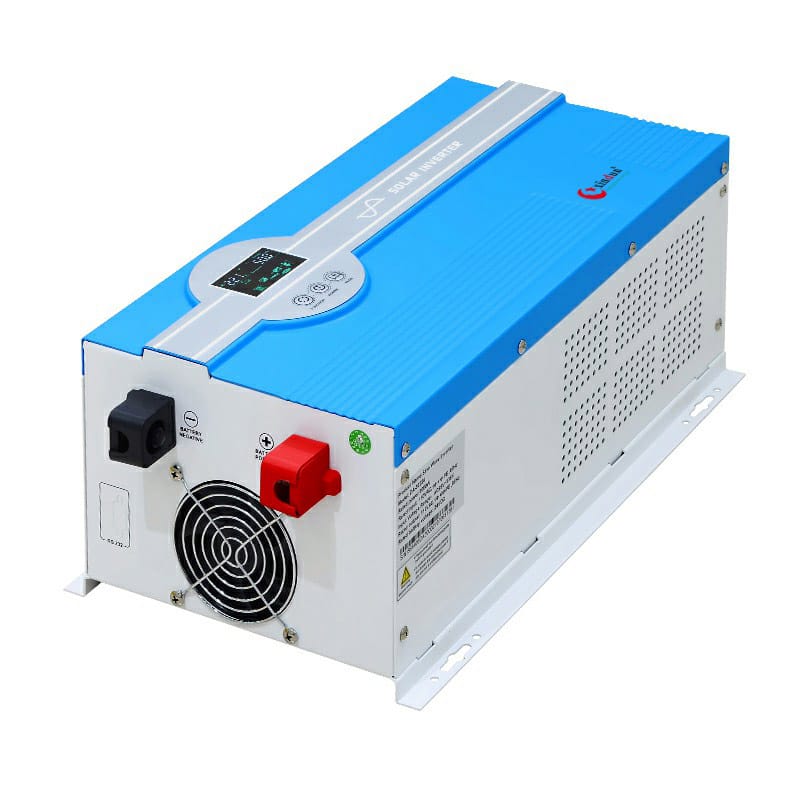
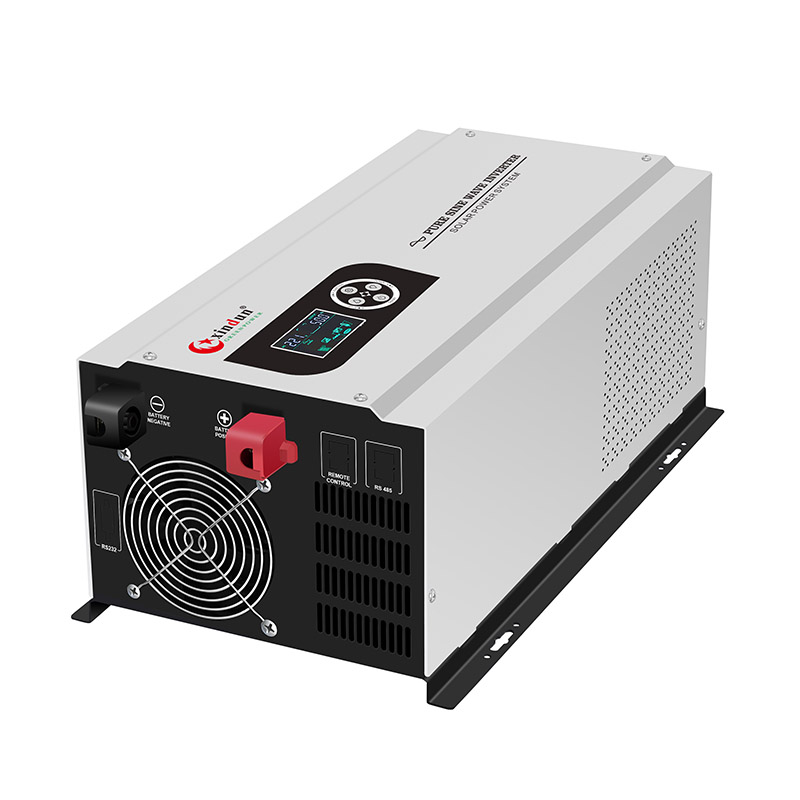
 Split Phase Inverter
Split Phase Inverter

 Energy Storage Inverter
Energy Storage Inverter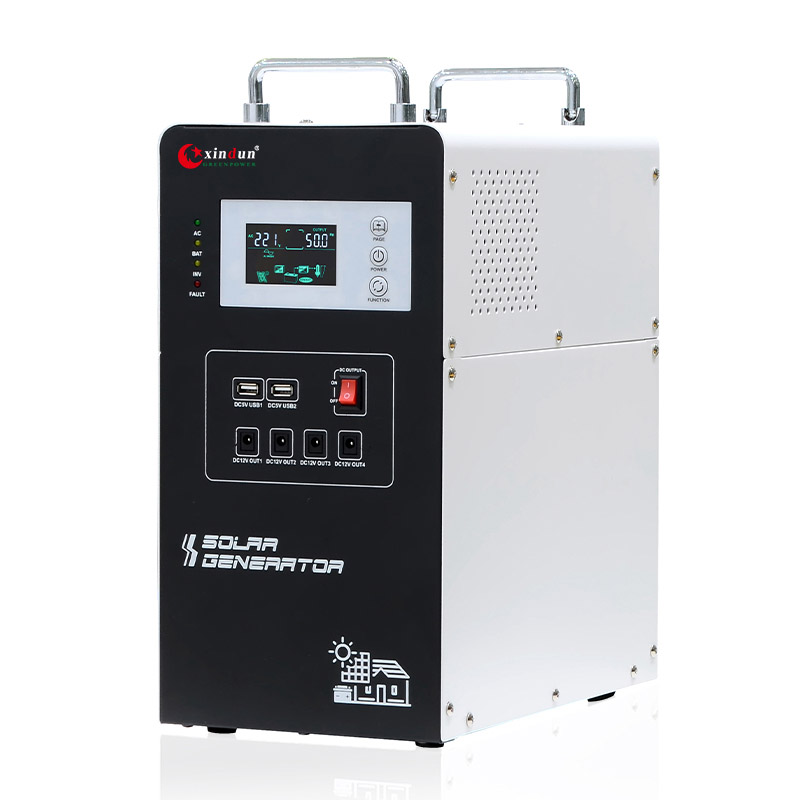




 3 Phase Inverter
3 Phase Inverter
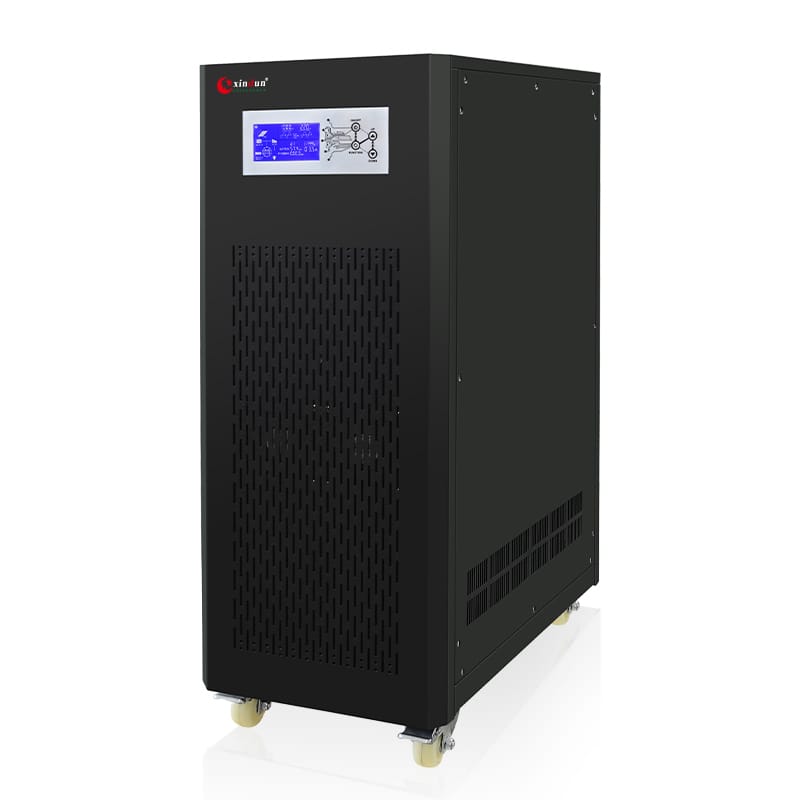



 Solar System Kits
Solar System Kits





 Solar Charge Controller
Solar Charge Controller
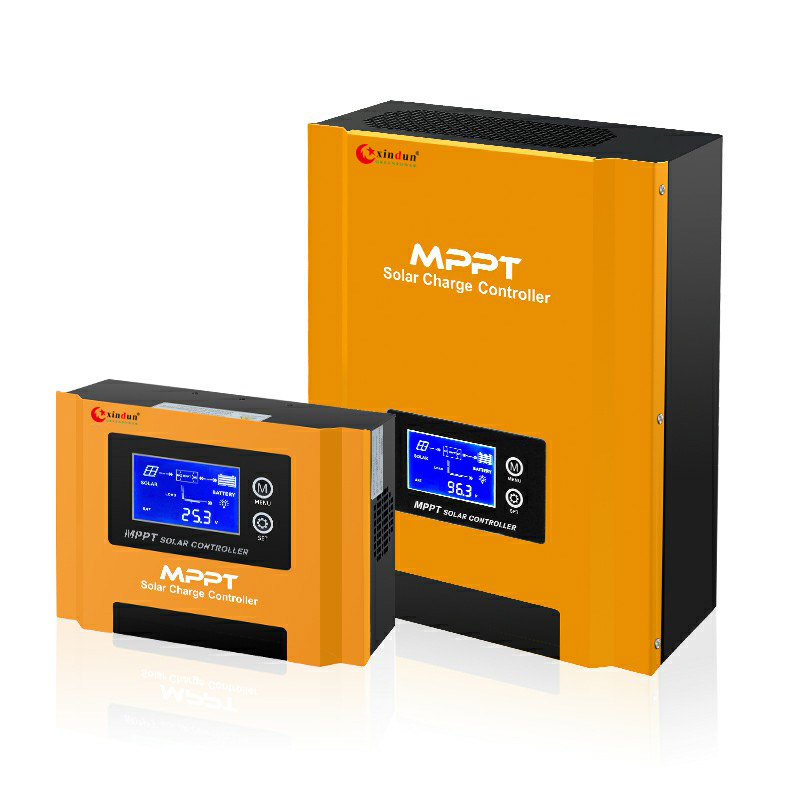

 Solar Battery
Solar Battery



 Asia
Asia
 Africa
Africa



 South America
South America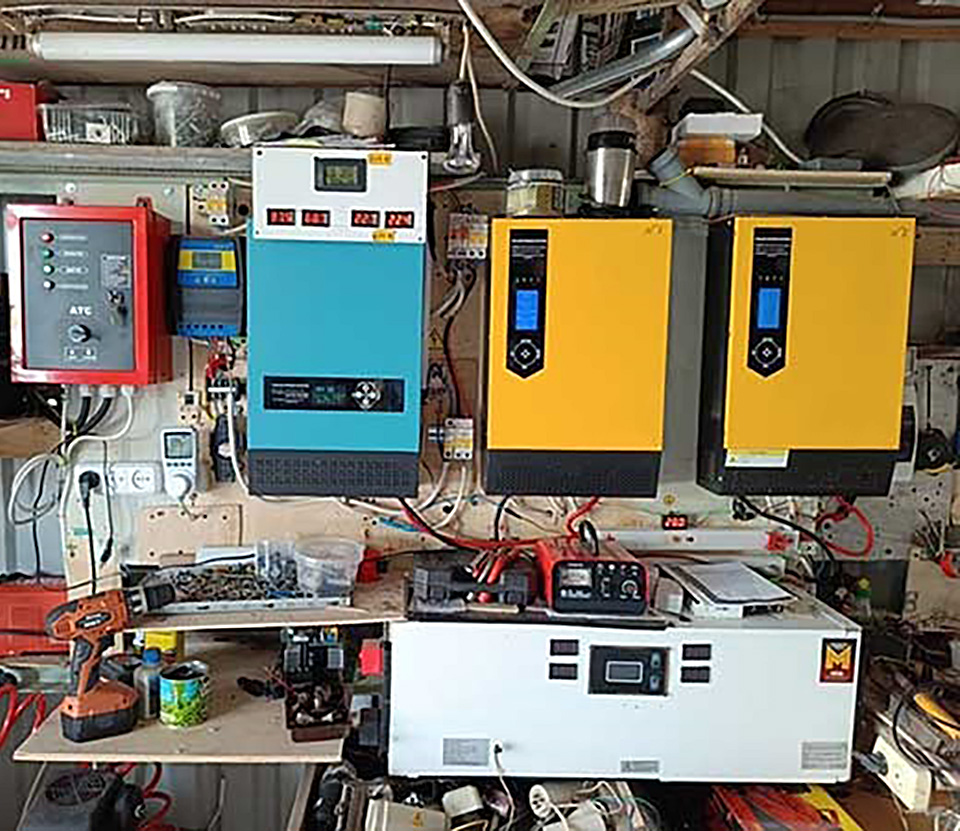
 Europe
Europe

 North America
North America

 Oceania & Antarctica
Oceania & Antarctica










 Home
Home Solar Power Inverters Recommendation For Peru
Solar Power Inverters Recommendation For Peru  Top Selling Products
Top Selling Products














